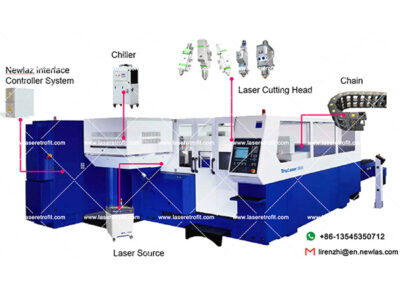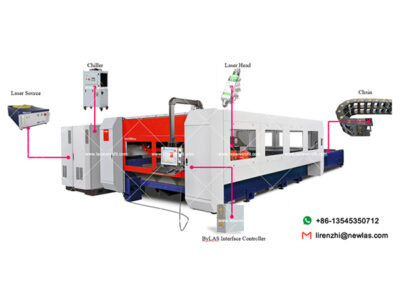Do you look at your lens during cleaning or replacement? Sure, you might look for metal spatter and scratches, but do you know what cause those defects? We know that a defect lens can result in thousands of dollars in repairs and replacement parts, along with machine downtime and lost production, but very often this can be prevented.
Heat Distribution
Uneven heat distribution in a lens can be the result of improper beam alignment or uneven beam mode. Uneven heat distribution within a lens can be seen only under polarization. By placing polarizing filters in front of and behind a lens, and moving them back and forth between parallel and perpendicular positions, lens stress will show as bright yellow streaks. A lens with a lot of these streaks is almost certain to fail, and should be replaced immediately.
Debris
If you notice spots on your lens, it’s important to determine where they are coming from. Spots or contamination on the top of your lens indicates that you have contamination in your beam delivery system. This can be caused by holes in your beam bellows which allow dirt and debris to enter the beam path and settle on the top of the lens (the lowest point in the delivery system). If you observe discoloration on the top of the lens, especially rainbow coloring, this is the result of contaminated purge gas or air. A rainbow coloring indicates the presence of a petroleum product, and when heated by the laser beam, will quickly deteriorate your lens coating.
Metal spatter or spots on the bottom of the lens is common, and is usually the result of incorrect piercing or cutting conditions. Utilizing full power piercing on thick material, piercing too close to the plate, not having enough piercing pressure or not using the correct focus position can all result in reduced lens life due to spatter. Discoloration on the bottom of the lens can be the result of contaminated assist gas, shop air, or humidity. Just as with the top of the lens, these contaminates will quickly breakdown the lens coating and will result in reduced lens life or failure.
Lens Chips
Lens chips or galling, especially around the perimeter, are the result of lens mating surface having a burr or contamination. This can be identified by running your finger along both mating surfaces, and corrected by carefully buffing the problem area and removing any debris.






